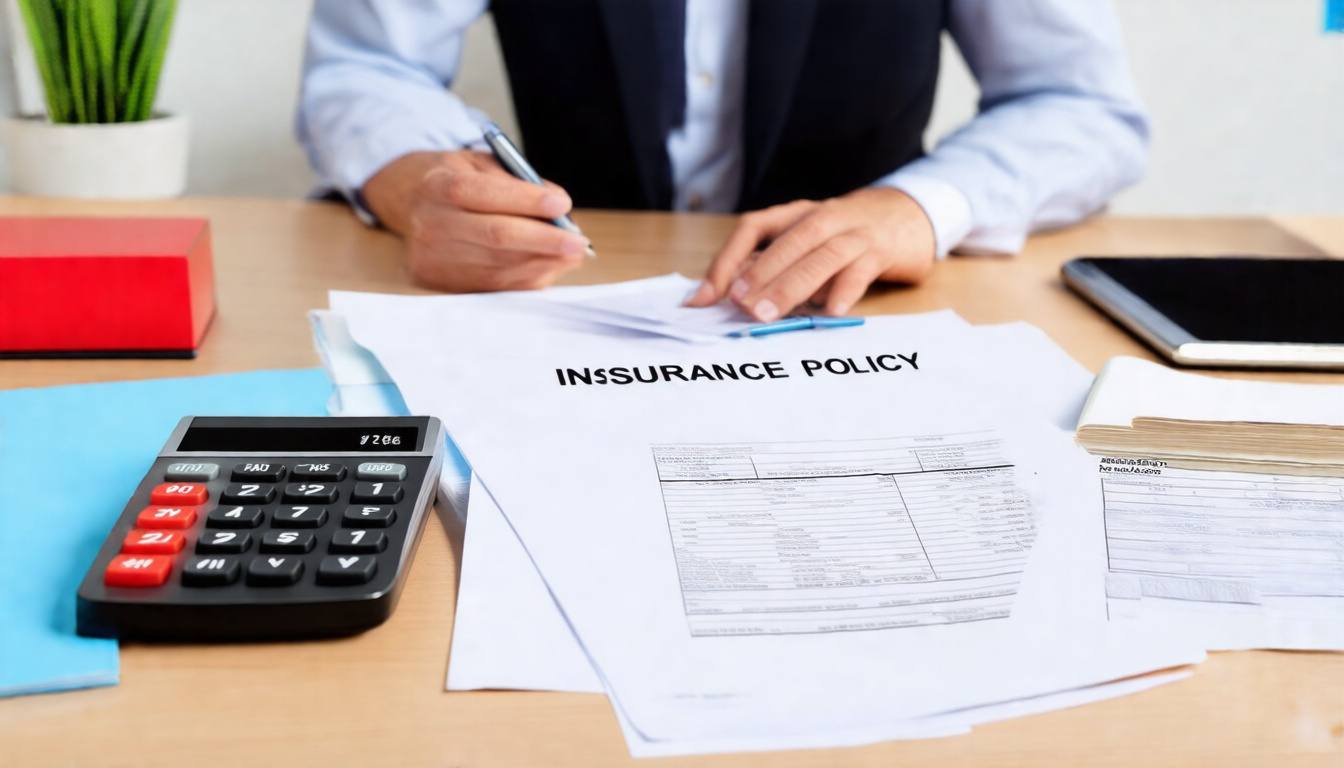When it comes to insurance, the liability threshold matters. It tells you the minimum damage that triggers your insurer’s help. You face accidents, injuries, or legal claims. The threshold shows how much loss must occur before help comes. This article explains what the liability threshold is, why it is important, and how it affects your auto, home, and business coverage.
What Is a Liability Threshold?
The liability threshold is the smallest sum of loss or damage. It is the point when your liability insurance starts to pay. In other words, the dollar amount must be met to trigger payment for damages or injuries that you must cover by law.
For instance, if your threshold is set at $50,000 and you cause $30,000 in damage, you pay the cost yourself. Only when the loss exceeds $50,000 does your insurance step in.
Why Is Understanding the Liability Threshold Important?
Knowing your liability threshold gives you clear financial guidance. It helps you choose the right protection and avoid extra costs. Here are some key points:
- Financial Protection: Your threshold shows if your policy covers enough risk.
- Risk Assessment: A lower threshold means earlier help but leads to higher premiums. A higher threshold means lower premiums yet more personal cost.
- Legal Compliance: Many states have laws that set minimum thresholds so that all drivers have enough protection.
- Peace of Mind: Clear limits help you understand your risks and prevent unexpected expenses.
How Does the Liability Threshold Work in Different Types of Insurance?
Auto Insurance
In auto insurance, the threshold relates to bodily injury and property damage. Many states require a minimum level of coverage expressed in three numbers. For example, a 25/50/20 policy means:
- $25,000 for bodily injury per person
- $50,000 for total bodily injury per accident
- $20,000 for property damage
If damages go beyond these limits, the threshold makes clear how much you pay.
Homeowners Insurance
In homeowners insurance, the threshold applies when someone is injured on your property or if you cause damage. Your policy has a limit. When a claim exceeds this limit, you must cover the extra cost. The threshold protects both you and your neighbors.

Business Insurance
In business insurance, thresholds vary by policy type. Whether you have general, professional, or product coverage, the threshold is set based on your industry risks. This helps you avoid severe losses from lawsuits or claims.
Factors That Influence Your Liability Threshold
Many factors shape your liability threshold. They include:
- State or Local Requirements: Laws often set minimum limits.
- Personal Assets and Exposure: If you own much, higher coverage may better protect you.
- Risk Tolerance: Some accept a lower threshold and higher premiums to pay less out-of-pocket.
- Type of Activities or Occupation: Certain jobs or lifestyles carry more risk and need higher thresholds.
How to Choose the Right Liability Threshold for Your Insurance Policy
Balancing cost and protection is key when choosing your threshold. Use this checklist to decide:
- Review Minimum Legal Requirements – Meet or exceed what the law demands.
- Evaluate Your Financial Situation – Know how much you can pay if an incident occurs.
- Assess Your Liability Risks – Check personal, professional, or lifestyle risks.
- Consult with an Insurance Advisor – Get advice to tailor your policy.
- Compare Premiums Across Thresholds – See how changes affect your costs.
Frequently Asked Questions About Liability Thresholds
1. What happens if my insurance claim is below the liability threshold?
If a claim does not reach the threshold, your insurer does not pay. You must cover the cost because the threshold acts as a trigger point.
2. Can the liability threshold be changed after purchasing a policy?
Yes, you can often change the threshold during renewal or policy updates. It is important to discuss adjustments with your insurer to keep proper coverage.
3. Is the liability threshold the same as the deductible?
No. A deductible is what you pay before your insurer covers your own damages. The liability threshold is the minimum claim size before payment is made for damages to others.
The Liability Threshold in Action: Why It Matters
Imagine a driver causes an accident with damages of $100,000. If the liability threshold is $50,000, the insurer pays $50,000 while the driver covers the rest. Without enough coverage, you risk significant personal costs. Many experts suggest a threshold above the state minimum. They often advise at least $100,000 per person to reduce the risk of underinsurance.
Conclusion: Protect Yourself with the Right Liability Threshold
The liability threshold plays a key role in your insurance. It sets the limit at which your insurer helps with accidents or legal claims. By understanding this threshold across auto, home, and business policies, you can pick the right protection.
Do not wait until an accident shows a gap in your coverage. Review your liability threshold and consult a licensed insurance professional. This proactive step secures your assets and brings you peace of mind.
Protect your future — check your liability thresholds and upgrade your insurance today!
Author: Doyle Weaver, Attorney at Law
Home | Estate Planning | Personal Injury | Hill Country Lawyer | Terms of Service | Privacy Policy
© 2025 Digital Law Firm, P.C.
Disclaimer: The content provided in this blog is for educational and informational purposes only. It is not intended to constitute legal advice or establish an attorney-client relationship. The information presented does not address individual circumstances and should not be relied upon as a substitute for professional legal counsel. Always consult a qualified attorney for advice regarding your specific legal situation. The author and publisher are not liable for any actions taken based on the content of this blog.

Leave a Reply